Grading coins made easy, learn how to grade collectible coins like a pro. The coin collecting condition is measured by means of a coin grading system or scale.
One of the factors that influence coin values is the condition of the coin – whether it has developed wear, damage, among other forms of deterioration through time. Graded coins are paid for at a premium or higher than those coins without certified grade.
The process of measuring the coin’s condition and level of preservation is called coin grading. It involves evaluating the coin surfaces, design or elements, luster, and overall eye appeal.
Coin grading supplies
You will need the following coin supplies in practicing coin grading
1.) Coin magnifiers or coin loupe with 10x power – the coin magnifying glass helps you see marks, scratches, and even errors which are not easily visible to the naked eye. Lens with 5x to 7x magnifier is ideal for beginners while experts prefer coin loupe 10x magnifying power.
2.) Halogen lamp or coin magnifier lamp – always work with the lights close to you or to the coin. While some use ordinary halogen desktop lamps, a coin magnifier lamp (for lighted magnification) is more convenient to use.
3.) White coin gloves 100% cotton – hold the coin by the edge and never touch the coin surface, much more with your bare hands. The acids and oils on the skin could create permanent tarnish on the coin.
White coin gloves 100% cotton are mostly recommended by coin collectors. Because it is cotton, it is less likely to scratch your coin and protects the piece from the oils on your fingers.
4.) Nonabrasive and soft cloth – place the cloth on the table or desk right under the coin that you are examining. This serves as a cushion should the coin fall during the coin grading process.
How to grade coins
Here are the aspects to look into when you grade a coin:
• Elements (coin design) – this pertains to whether the coin design and elements such as the device (image or portrait), legend or wording, mint dates, and marks are identifiable or readable.
The coin elements may be difficult to identify because of wear, deterioration, corrosion, and dirt (in other words, lack or low level of preservation). It may also be because of weak strikes or low pressure applied on the coin dies when the coins were minted (usually, weak strikes are considered a mint error and not a sign of deterioration).
• Surface – the surfaces of the coin are usually the crucial or sensitive parts because these are the areas where scratches or tarnish are easily found. Check on the surface carefully and look for nicks, hairlines (very tiny hardly noticeable scratches), dents, and stains.
Also pay more attention to grade-sensitive areas or the areas on the coin where imperfections are easier noticed than others. In US coins, the Liberty’s cheek is a more sensitive area than the image’s hair (where scratches can camouflage). A nick on the cheek of Miss Liberty could drastically decrease the coin grade but a scratch on the hair almost does not affect the coin’s condition.
• Luster – is the brilliance or shine of the coin. The more it is passed from hand to hand, the more coins will lose its luster and look dull. Coins with excellent shine are more attractive and are graded high which in turn may increase the coin value in the market. Grading Mint State or MS coins focuses on this aspect among others (you will learn more about grading an MS coin later in this article).
• Over-all appeal – is how you see the coin. While beauty or appeal can be subjective, it takes common sense and intuition or instincts to judge whether a coin is appealing or not. If the coin is ugly to you, it may be ugly to other numismatists too and ugly coins are worth less in the market if they are worth anything at all.
Coin grading system
Most American numismatists and certified coin grading services use the 70 point coin grading scale called the Sheldon Scale. However, professional grading coin services and companies may use various descriptions & coin grading terms.
Below is the list of 70-point coin grading scale designation with brief description for each.
| Abbrev | Numerical Grade | Description |
| P | 1 | Poor |
| FA/FR | 2 | Fair |
| AG | 3 | About Good |
| G | 4, 6 | Good |
| VG | 8, 10 | Very Good |
| F | 12-15 | Fine |
| VF | 20 | Very Fine |
| EF/XF | 40-45 | Extremely Fine |
| AU | 50-58 | About Uncirculated / Almost Uncirculated |
| MS/UNC | 60-70 | Mint State (Uncirculated) |
Coin grading terms
Poor – It is extremely difficult to identify a coin with this grade, most probably because of the extent of deterioration it has undergone. It may have mint dates and marks but it is hardly recognizable.
Fair – Mint marks and dates are not easily identified due. It is worn out but not as much as a poor coin.
About Good – In looking at an AG coin, you will recognize the presence of main elements but they are not necessarily readable.
Good – Still a heavily worn out coin only that basic devices, lettering, mint dates, and marks are more recognizable (or readable) compared to an AG coin.
Very Good – More details of the coin are more apparent such as the design, legend or wording, and other marks. Overall, the coin manifests a great amount of wear or deterioration.
Fine – Shows an evenly worn coin but the overall design is now easily recognized if not standing out.
Very Fine 20 – Moderately worn, some finer details are visible and all the lettering can be read.
Extremely Fine 40 – Lightly worn; the image or portrait are bold even with the naked eye.
About Uncirculated 50 – Slight hints of deterioration on the high points of the coin design; may have some foreign marks and scratches and little eye appeal.
Very Choice About Uncirculated 58 – Slightest signs of wear, marks and abrasions. It has almost full luster with positive eye appeal.
MS in coin collecting: Mint State 70
What is MS for coin collecting?
It is the condition wherein a business strike or regular coin money has not entered circulation (not passed from hand to hand). All MS coins do not show signs of wear but are not necessarily appealing. In grading MS coins, the most important to consider is the overall eye appeal and focusing on the shine or luster and toning should there be any.
MS-70 is considered a perfect coin but this is very rare. The highest grade a coin could practically get is MS-69 although only very few coins attain such grade.
An uncirculated toned coin may have higher grade if the coin toning makes the coin attractive and not ugly.
Last note on grading coins
Distinguishing an MS-64 to an MS-65, a Good coin to an About Good coin, and other closely-graded coins is a challenging task even to advanced numismatists. Then again, it is only a matter of time, practice, and diligent study to master the science and art of coin grading.
In the mean time, it is always advised that you have your coins graded by professional coin graders. The top two names in coin grading companies are Professional Coin Grading Services or PCGS, and Numismatic Guaranty Corporation or NGC.

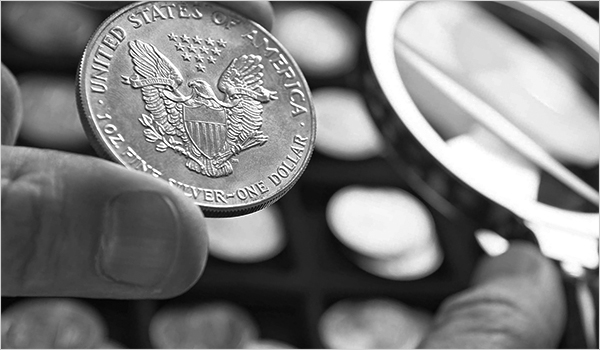




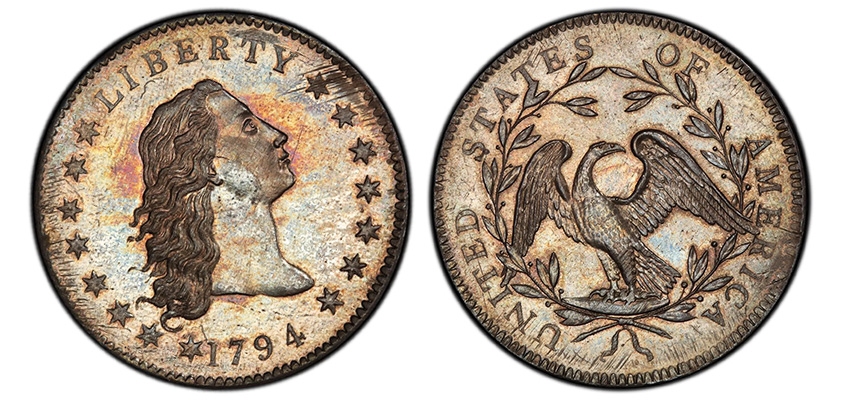
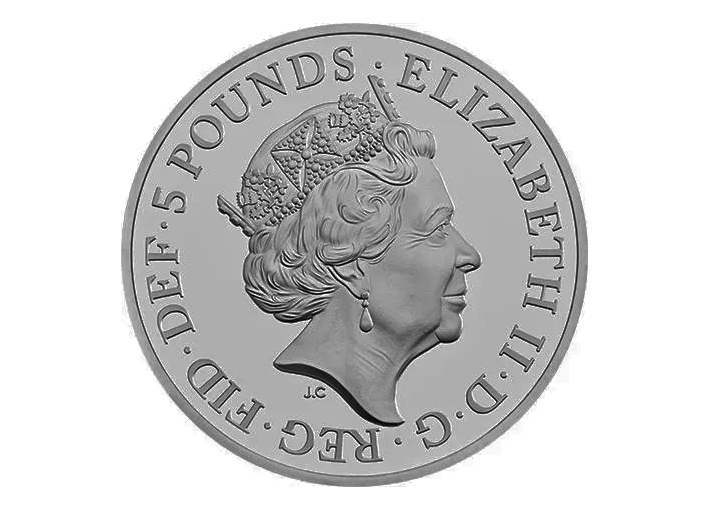
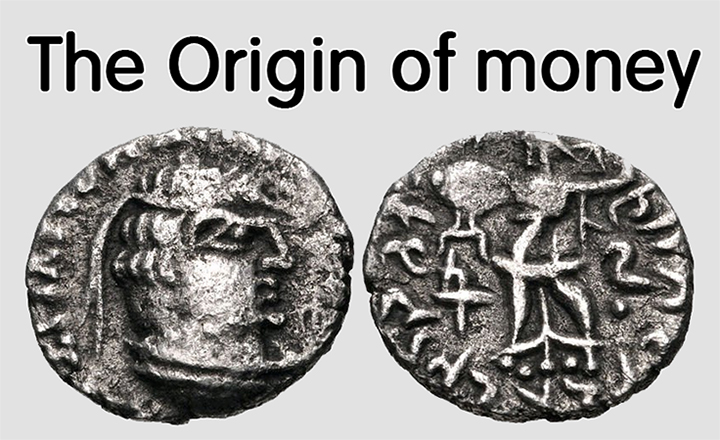
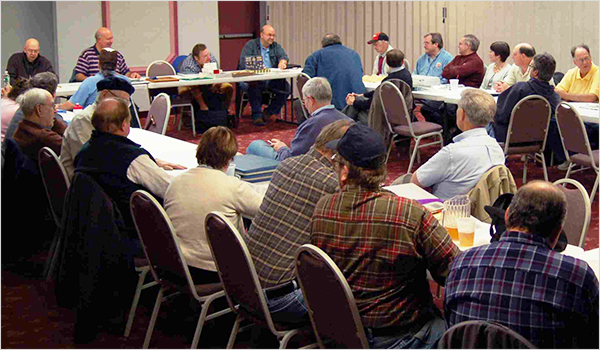

Leave a Reply